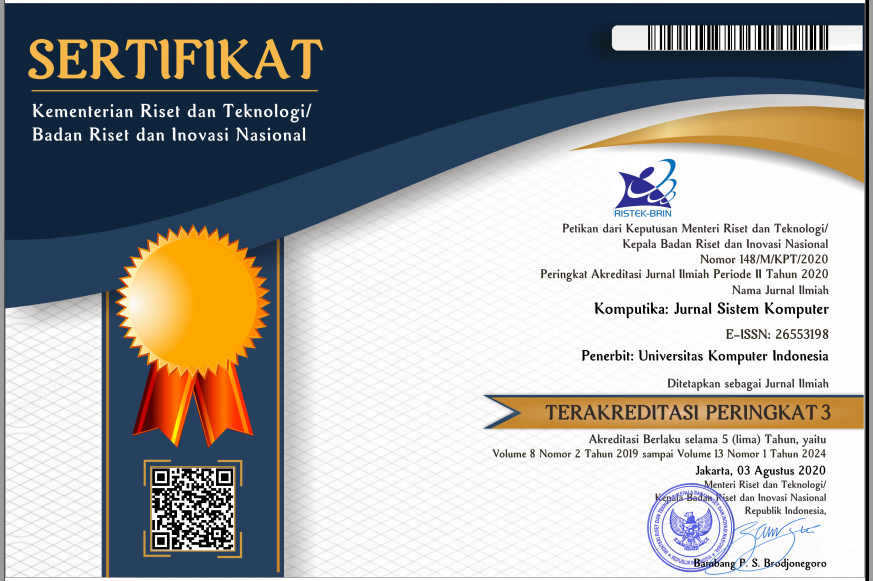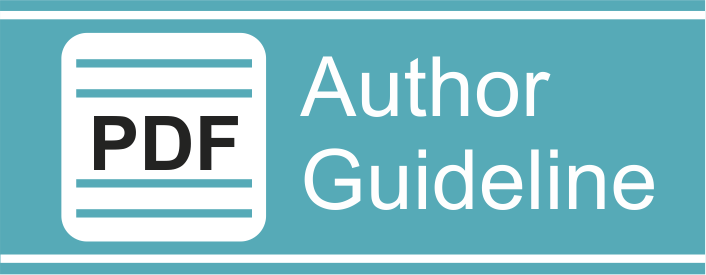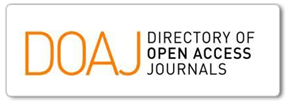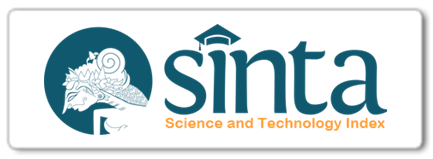Analisis Cluster Kualitas Pemuda di Indonesia pada Tahun 2022 dengan Agglomerative Hierarchical dan K-Means
DOI:
https://doi.org/10.34010/komputika.v12i2.10348Abstract
Youth is the generation that will hold the future of Indonesia. According to BPS, a quarter of Indonesia's population are youth. Thus, the government needs an overview of the current quality of youth to formulate appropriate policies for each region. This study aims to classify provinces in Indonesia based on youth data using agglomerative hierarchical and K-Means. According to the value of the internal validation and stability index, the agglomerative hierarchical, using Ward's method, with 2 clusters was chosen as the best clustering method. This method produces 2 clusters consisting of 11 and 23 provinces respectively. In general, Cluster 1 contains provinces with better youth quality, where the average youth schooling years, the percentage of youth with internet access, the percentage of youth with health insurance are higher than Cluster 2 despite having a higher unemployment rate. In contrast, Cluster 2 has a higher average score on the Youth Sickness Rate, the percentage of youth with first marriage age 16 – 18 years, and the percentage of young women who give birth to babies with LBW.
Keywords – Clustering; Hierarchical; K-Means; SDGs; Youth
References
B. Andrea, H. C. Gabriella, and J. Tímea, “Y and Z generations at workplaces,” J. Compet., vol. 8, no. 3, pp. 90–106, 2016, doi: 10.7441/joc.2016.03.06.
Badan Pusat Statistik, Statistik Pemuda Indonesia 2022. Jakarta: Badan Pusat Statistik, 2022.
Pemerintah Indonesia, “Undang-Undang (UU) Nomor 40 Tahun 2009 Tentang Kepemudaan.” Sekretariat Negara, Jakarta, 2009, [Online]. Available: https://jdihn.go.id/files/4/2009uu040.pdf.
R. Xu and D. C. Wunsch, Clustering. New Jersey: Wiley-IEEE Press, 2008.
S. Landau and I. Chis Ster, “Cluster Analysis: Overview,” Int. Encycl. Educ. Third Ed., no. March 2020, pp. 72–83, 2009, doi: 10.1016/B978-0-08-044894-7.01315-4.
A. S. Ahmar, D. Napitupulu, R. Rahim, R. Hidayat, Y. Sonatha, and M. Azmi, “Using K-Means Clustering to Cluster Provinces in Indonesia,” J. Phys. Conf. Ser., vol. 1028, no. 1, 2018, doi: 10.1088/1742-6596/1028/1/012006.
A. P. Windarto et al., “Analysis of the K-Means Algorithm on Clean Water Customers Based on the Province,” J. Phys. Conf. Ser., vol. 1255, no. 1, 2019, doi: 10.1088/1742-6596/1255/1/012001.
N. Afira and A. W. Wijayanto, “Analisis Cluster dengan Metode Partitioning dan Hierarki pada Data Informasi Kemiskinan Provinsi di Indonesia Tahun 2019,” Komputika J. Sist. Komput., vol. 10, no. 2, pp. 101–109, 2021, doi: 10.34010/komputika.v10i2.4317.
D. Ls, Y. A. Lesnussa, M. W. Talakua, and M. Y. Matdoan, “Analisis Klaster untuk Pengelompokkan Kabupaten/Kota di Provinsi Maluku Berdasarkan Indikator Pendidikan dengan Menggunakan Metode Ward,” J. Stat. dan Apl., vol. 5, no. 1, pp. 51–60, 2021, doi: 10.21009/jsa.05105.
A. Azzahra and A. W. Wijayanto, “Perbandingan Agglomerative Hierarchical dan K-Means dalam Pengelompokkan Provinsi Berdasarkan Pelayanan Kesehatan Maternal,” Sist. J. Sist. Inf., vol. 11, no. 2, pp. 481–495, 2022.
R. Johnson and D. . Wichern, Applied Multivariate Statistical Analysis, 6th editio. Pearson Prentice Hall, 2007.
A. C. Rencher, Methods of Multivariate Analysis. 2002.
Z. Nazari, D. Kang, and M. R. Asharif, “A New Hierarchical Clustering Algorithm,” Int. Conf. Intell. Informatics Biomed. Sci., pp. 148–152, 2015.
C. Suhaeni and A. Kurnia, “Perbandingan Hasil Pengelompokan menggunakan Analisis Cluster Berhirarki , K-Means Cluster , dan Cluster Ensemble ( Studi Kasus Data Indikator Pelayanan Kesehatan Ibu Hamil ),” J. Media Infotama, vol. 14, no. 1, pp. 31–38, 2018.
C. Castillo, “Hierarchical Clustering.” 2015, [Online]. Available: https://www.slideshare.net/ChaToX/hierarchical-clustering-56364612.
D. Zhang, K. Lee, and I. Lee, “Hierarchical Trajectory Clustering for Spatio-temporal Periodic Pattern Mining,” Expert Syst. Appl., 2018, doi: 10.1016/j.eswa.2017.09.040.
S. Handoko, F. Fauziah, and E. T. E. Handayani, “Implementasi Data Mining Untuk Menentukan Tingkat Penjualan Paket Data Telkomsel Menggunakan Metode K-Means Clustering,” J. Ilm. Teknol. dan Rekayasa, vol. 25, no. 1, pp. 76–88, 2020, doi: 10.35760/tr.2020.v25i1.2677.
Y. Liu, Z. Li, H. Xiong, X. Gao, and J. Wu, “Understanding of internal clustering validation measures,” Proc. - IEEE Int. Conf. Data Mining, ICDM, pp. 911–916, 2010, doi: 10.1109/ICDM.2010.35.
A. F. Khairati, A. . Adlina, G. . Hertono, and B. . Handari, “Kajian Indeks Validitas pada Algoritma K-Means Enhanced dan K-Means MMCA,” Prism. Pros. Semin. Nas. Mat., vol. 2, pp. 161–170, 2019, [Online]. Available: https://journal.unnes.ac.id/sju/index.php/prisma/article/view/28906.
A. Firnanda and A. W. Wijayanto, “Pengelompokan Kabupaten / Kota di Kawasan Timur Indonesia Tahun 2021 Berdasarkan Indikator Sosial Ekonomi Grouping of Regencies / Municipalities in Eastern Indonesia in 2021 Based on Socio - Economic Indicators,” Sist. J. Sist. Inf., vol. 12, pp. 390–403, 2023.



















